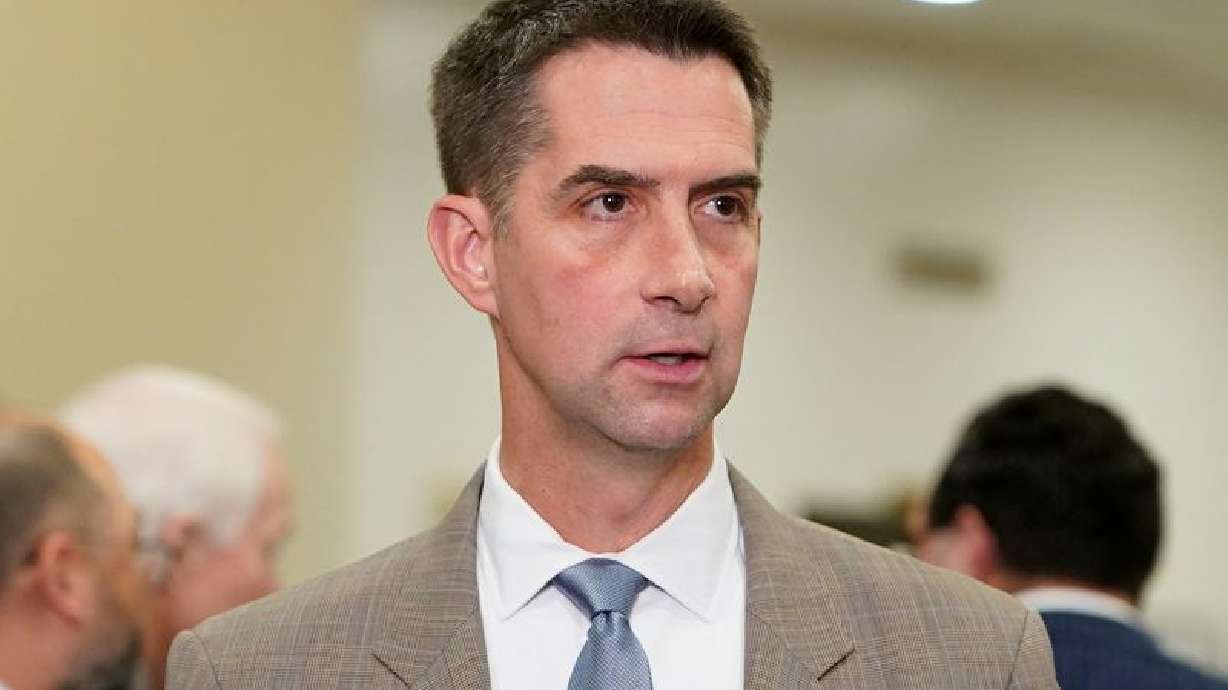Every month, Mint’s Plain Facts section gives you an update on key global data to threads together the big developments worth paying attention to. The accompanying analysis and charts explain how each story is creating ripples on the global stage, where it is headed in the coming weeks, and whether it could affect India.
This month we track the US presidential race and consider its potential impact on India, explain how China has revived its stock market but maybe not its economy, and find out why rising public debt and the climate crisis are continuing to cause worry.
1. Harris vs Trump
The high-octane US presidential campaigns are drawing to a close with the two candidates locked in a neck-and-neck battle and global markets roiled by uncertainty. Democratic Party nominee Kamala Harris and Republican party nominee Donald Trump have been close in the polls since she joined the race in late July after Joe Biden pulled out.
However, swing states such as Arizona and Georgia, where Trump is leading, could change the course of the election on 5 November. According to FiveThirtyEight’s daily election poll tracker, an average of several surveys, the race has become tighter in the past 10 days, but the markets see a greater likelihood of a Trump win. While a Harris win could bring relief to Indians on immigration policy, Trump’s plan to revive aggressive trade tariffs on China could open up economic opportunities for India – but also disrupt global trade dynamics.
2. China’s stimulus bazooka
When China announced an aggressive stimulus package in later September to reverse the slowdown in the economy, its stock market skyrocketed immediately, with the benchmark CSI 300 rising 27% between 25 September and 8 October. Though a correction followed, the index is still 17% higher since the announcement.
Experts are divided on whether China’s attempt to boost the economy through more funding and interest rate cuts will pay off, but the stock market has been exuberant, with money shifting to China from other emerging market economies such as India.
Also read | The great Indian diet challenge: do we really know what’s healthy?
While a lack of details on how the stimulus will implemented and slow GDP growth (4.6%) in July-September have kept investors cautious, the stock market may see further gains if there are more stimulus announcements and signs of an improvement in earnings growth. According to Reuters, China is looking at issuing an extra $1.4 trillion in debt in the next few years, something that could push the stock market higher.
3. War ravages Russia’s economy
Russia, which began a full-fledged war with Ukraine in February 2022, is now battling high inflation, mainly due to huge spending on militarisation. A bid to control inflation has led to a rapid rise in the country’s key interest rate, which jumped another 200 basis points to 21% earlier this month. This is the country’s highest interest since the start of the war.
The need for mass production of goods and services to aid the war has driven up workers’ wages, adding to inflationary pressures. The country’s central bank noted that inflation is considerably above its forecast and inflation expectations are continuing to rise, signalling more rate increases in the coming months. With the war unlikely to end anytime soon as Russia still occupies about 20% of Ukraine’s internationally recognised territory, the Russian economy is likely to slide further.
4. Global public debt headache
The pandemic may be behind us, but countries’ debt problems are far from over. Global public debt is significantly higher than in pre-pandemic years and is projected to surpass $100 trillion by the end of the year, according to the Fiscal Monitor released by the International Monetary Fund earlier this month.
Also read: How social media fed politics and strained relations during 2024 polls
The global public-debt-to-GDP ratio is expected to touch 100% by 2030, surpassing the pandemic peak of 99% in 2021. While debt levels are particularly worrying in one-third of the world covered by the IMF, the levels in the US and China are particularly problematic. Excluding the world’s top two economies, the ratio is 20 percentage points lower, the IMF noted. It warned that a combination of “mediocre” medium-term growth and rising debt could pose risks for the global economy and called for a less restrictive monetary policy and a renewed focus on fiscal consolidation.
5. Cop-out at COP?
As the world prepares for COP29 in Azerbaijan from 11 November to 22 November, a report by the United Nations Environment Programme has painted a grim picture of the efforts, or lack thereof, to tackle greenhouse gas emissions so far.
The Emissions Gap Report 2024 highlighted that global greenhouse gas emissions set a new record of 57.1 gigatons of CO2 equivalent (GtCO2e) in 2023, an increase of 1.3% year-on-year. This was significantly higher than the 0.8% average rise between 2010 and 2019.
Also read | Business blues: New company formation hits the skids
More worryingly, the report noted, the current climate promises by countries are not sufficient and may put the world on track for best-case global warming of 2.6 degrees Celsius this century. The report also said that despite COP’s repeated requests to strengthen the 2030 target [for emissions to 42% of 2019 levels] to limit global warming to 1.5 degrees Celsius, there has been no meaningful progress.






